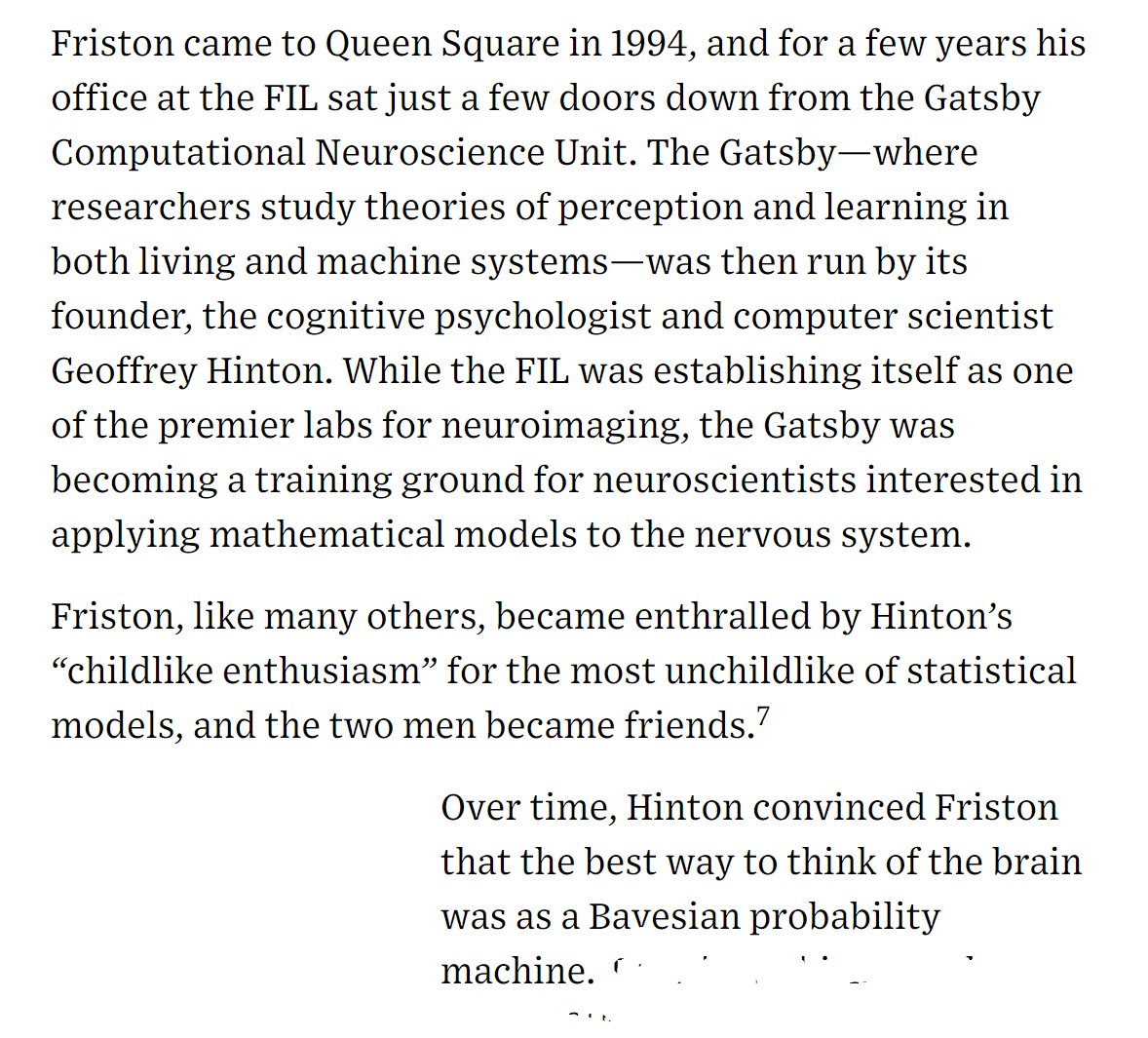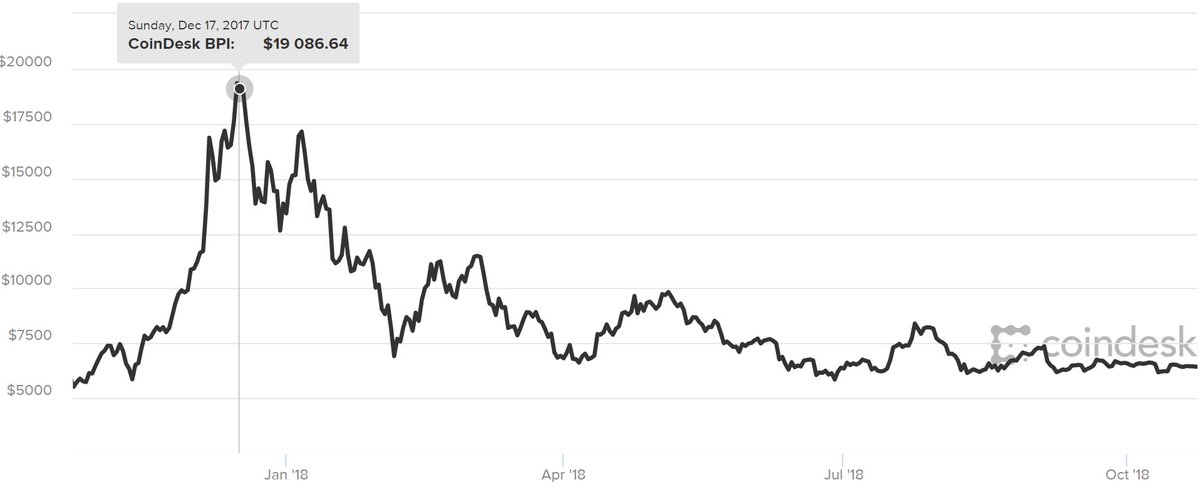techcrunch.com/2015/03/03/in-…
tse-fr.eu/articles/platf…
en.wikipedia.org/wiki/Intercont…
- competence at operational efficiency beats competence at stewardship and custodianship
- capital requirements favor a for-profit setup
- individual transactions are too trivial for payments








